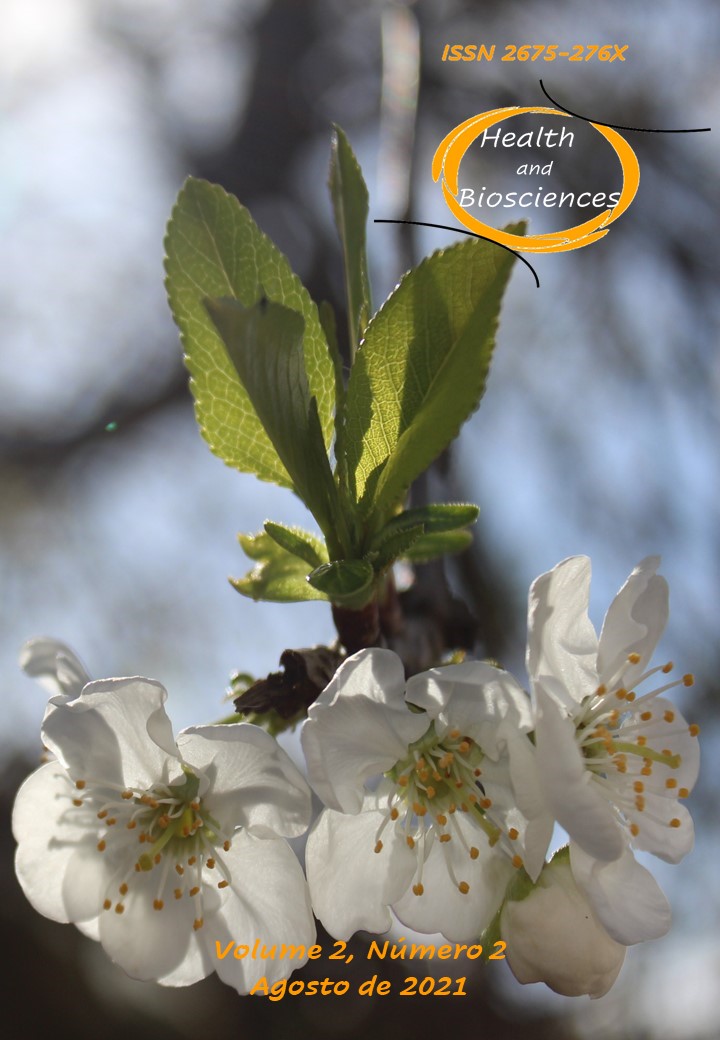Evaluation of the use of advanced ozone oxidative process in reducing the danger of environmental toxicity by the effluents from compounding pharmacy
DOI:
https://doi.org/10.47456/hb.v2i2.35949Palavras-chave:
Biomonitoring, Euglena gracilis, Oxidative Process, OzonationResumo
The presence of emerging pollutants in the waters has been worldwide observed, resulting from improper domestic disposal, veterinarian use, and product waste from pharmaceutical industries and compounding pharmacies. The contamination provoked, besides causing damage to the environment, remains in potable water even after passing through the treatment plants. The purpose of this work was to verify the existence of environmental toxicity of gross effluents from compounding pharmacy laboratories, as well as the same effluents treated with AOP (advanced oxidation processe) via ozone in the stated time of 1 hour, having as a risk parameter the changes caused in Euglena gracilis algae. Photosynthetic efficiency tests were conducted via PAM (pulse amplitude modulated), and chlorophyll concentration and behavioral evaluation were checked via NGTOX (New generation Tox). The results demonstrate that the hormone laboratory had the most impacted effluent treated, with the lowest production and significant chlorophyll reduction. It presented reduction in the photosynthetic activity post-ozonation, due to hormone decomposition, oxidative potential and ethylene formation. Effluents from psychotropic and solid laboratories presented different production demand, but similar follow-up, with impact on the algae’s behavior and photosynthetic activity, due to the presence of substances acting on cellular action potentials. The treated effluent from dermocosmetics laboratory influenced the chlorophyll concentration, as well as the general speed and velocity of surface ascent. The behavioral differences of the algae’s between the laboratories and the pre and post-ozonation conditions demonstrate that the effluent treatment should be distinguished, according to the characteristics of the manipulated substances in each laboratory.

